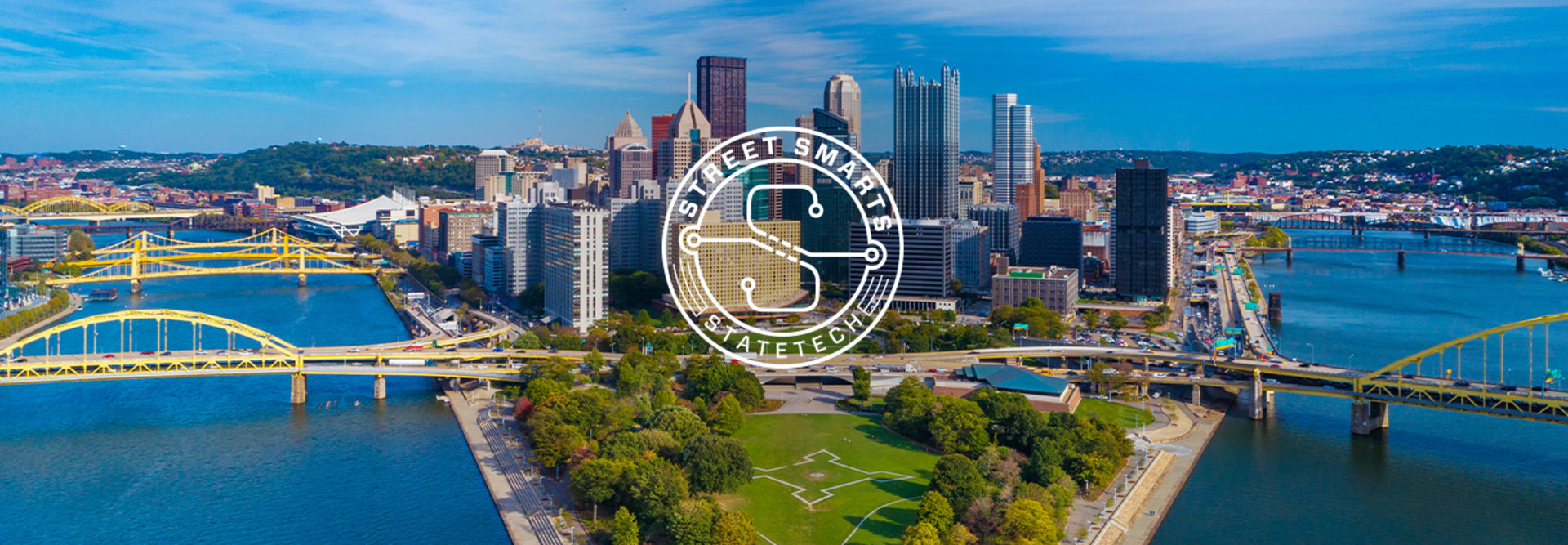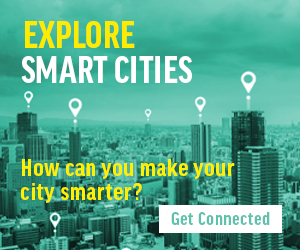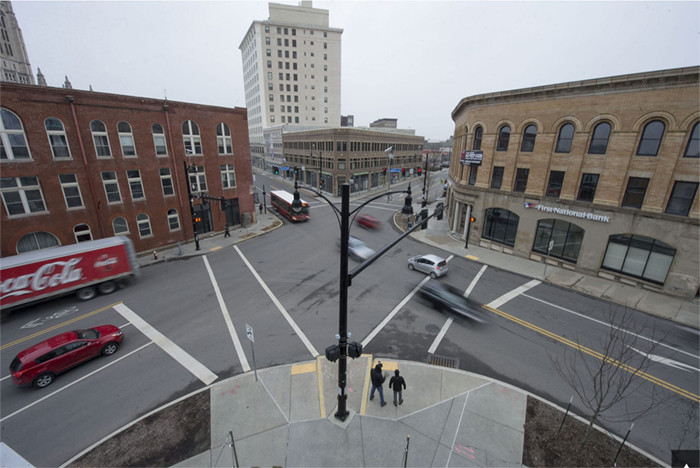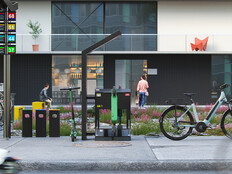Public Service Needs Have Bolstered Smart Technology
The smart tech systems Pittsburgh currently has in place utilize a variety of connectivity methods. For example, fire inspectors collect data using Apple iPad devices at investigation sites and transmit it via LTE and cellular technology to a central database, Norman says.
Sensor-enabled smart garbage cans use Wi-Fi to convey information about how full they are. The Department of Public Works also receives a notification if a can has been set on fire or otherwise vandalized and can send a crew out to fix it.
Workers can view the optimal routes to get to cans that need maintenance via a dashboard on a tablet or other device, instead of physically checking every single receptacle on a weekly basis. The city has said initial research found the technology could cut the typical labor hours required to empty cans in half.
Smart technology is also helping the city remove snow more efficiently, via a GPS-based solution that gives DPW employees turn-by-turn route information. The technology replaced a system that would show residents where snowplow trucks had been, but not what services they’d performed.
“We have systems that track what the snowplows are doing, such as, this truck was in a location and plowed the street but did not salt it,” Norman says. “The route optimization allows supervisors and foremen to understand where trucks need to go and the route to take so they prioritize, for example, the emergency evacuation routes first.”
Working with the Metro21: Smart Cities Institute, a multidisciplinary smart tech research and development initiative based at Carnegie Mellon University, Pittsburgh equipped 50 city intersections with a real-time, AI- and sensor-powered, robotics-assisted traffic signal control system — which can help calm traffic flow and enhance pedestrian and bicyclist safety, according to Metro21 Executive Director Karen Lightman.














